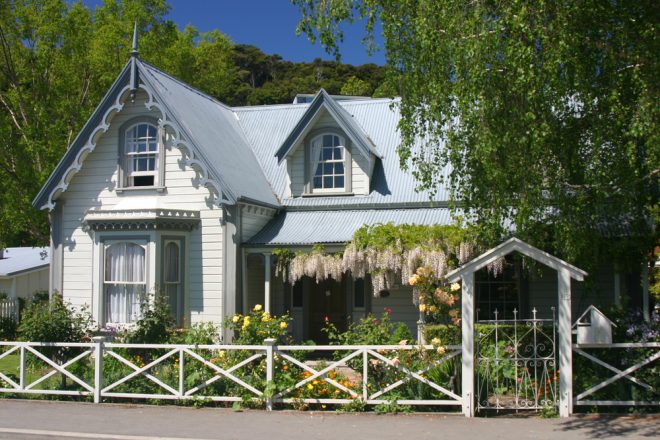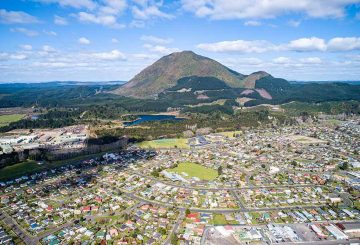多年来推动住房市场的主要大趋势是通货膨胀压力的长期下降,这使得利率大幅下降,增加了借款的动力,但也降低了储蓄的动力。2008 年的全球货币以及随后的降息和海外量化宽松计划进一步扩大了这一点。
我们还转向了每户更多的收入者,这可能是由其他因素驱动的(反过来,这本身也促成了房价上涨),但也许是房价上涨本身的循环症状。人们必须更多地工作才能负担得起房产。
2011
GFC 出台三年后,房地产市场仍然相当平静,销售和价格均下降。
负担能力还可以,但首次购房者并不特别活跃,而净移民人数为负数,住房同意率很低。在这段时期,建筑业的信心受到动摇,留下了持久的遗产 —— 房屋短缺 —— 我们现在仍在处理这个问题。
新的住宅同意
该图显示了 2011 年至 2021 年第三季度新住宅同意书的季度变化。
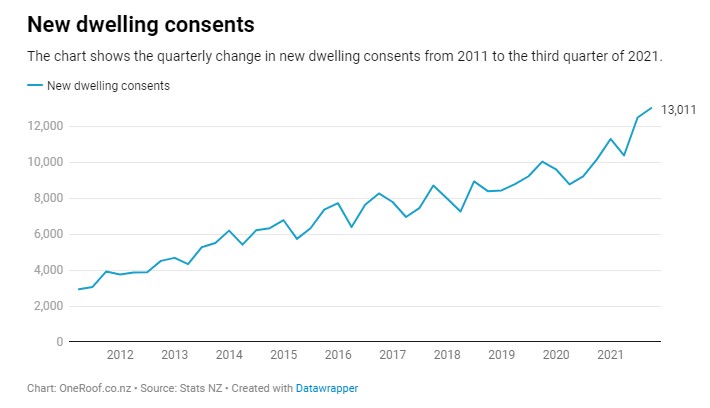
2012
市场开始略微升温,移民负数减少,抵押贷款利率下降。投资者仍然在市场上占有稳固的地位,住房同意尚未达成,但不是很多。
房价变动
图表显示了新西兰平均房地产价值的变化。数字由 CoreLogic 提供。
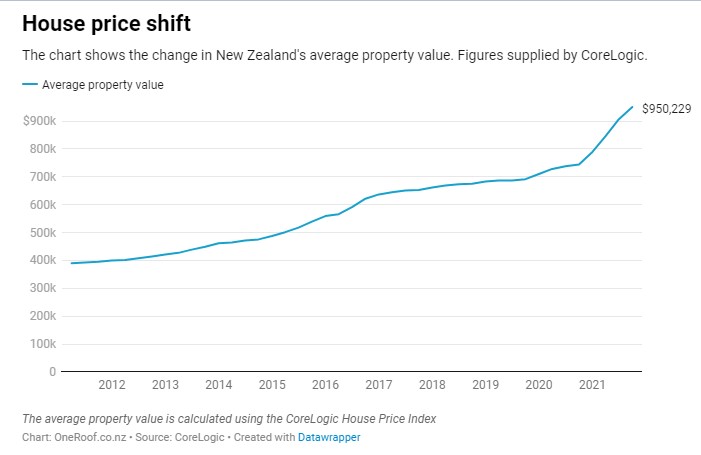
2013
市场是 “里程碑式” 的一年:净移民转为正数,劳动力参与度在上升,销售和价格都在加速,尽管抵押贷款利率也有所上升。
投资者仍然活跃,但首次购房者仍然相对平静,许多人需要多少年才能存入 20% 的存款,现在已经超过了 7 年。
劳动力参与
该图显示了 2011 年至 2021 年第二季度劳动力参与率的季度变化。
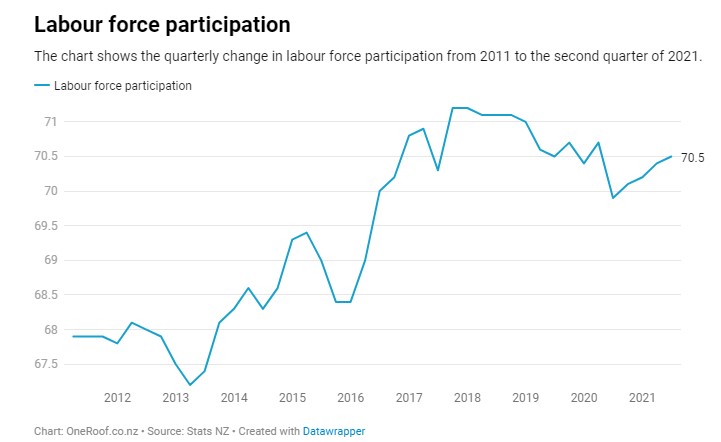
住宅同意书正在上升,但 GFC 淘汰的遗产仍然存在,库存短缺正在增加。
2013 年也是储备银行推出贷款价值比(LVR)限制的一年,该限制将低存款贷款(减去 20% 的存款)的金额限制为 10%。
2014
净移民人数显着增加,但抵押贷款利率也在上升,而销售量和价格增长都很酷。
净移民人数的变化
该图显示了 2011 年至 2021 年第三季度净移民的季度变化。
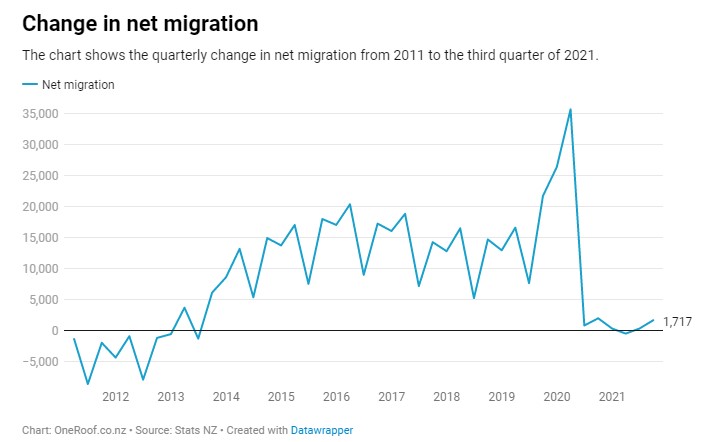
投资者仍然活跃,但 LVR 限制严重打击了首批购房者。
住宅同意书的数量有所增加,但按照过去的标准,仍然相当低。
2015
房地产市场蓬勃发展的一年:销售强劲,价格增长加速到两位数,同时降低抵押贷款利率,净移民达到新的高度,劳动力参与率超过 69%。
首次购房者回来了一点,但存款所需的年数超过八年。投资者仍然在市场上占有强势地位。
存款攀升
该图表显示了根据 2011 年以来每个季度的平均家庭收入和平均房产价值计算的 20% 存款储蓄所需的年数变化,假设每年可以储蓄 15% 的收入。
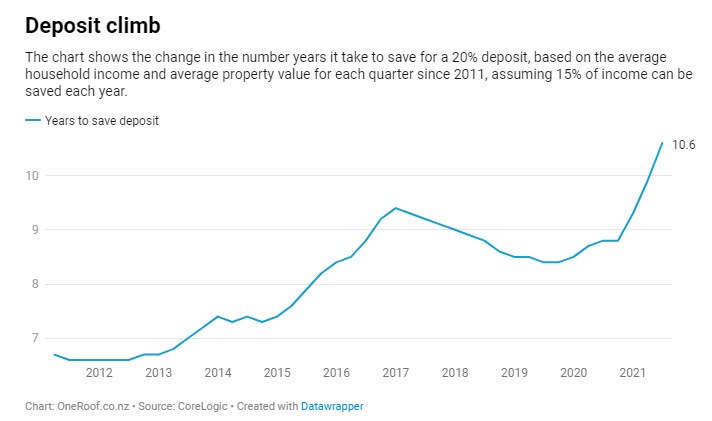
随着住房同意的逐渐消失,房屋短缺变得越来越严重。
美国国家公司推出了 Brightline 测试,该测试在购买后两年内对出售用于投资目的的住宅物业征收税。例外情况是,如果房屋是一个人的主要住所。
储备银行改变了 LVR 规则:奥克兰投资者需要 30% 的存款,而其他所有人的存款要求从 10% 上升到 15%。
2016
市场又是一个高峰年,销售额和价格迅速上涨。
移民人数增加,居住许可正在增加,但仍然不够。抵押贷款利率稳定,但越来越多的人加入劳动力市场。
抵押贷款利率:下降和上升
该图显示了 2011 年至 2021 年第三季度两年期固定利率抵押贷款的季度变化
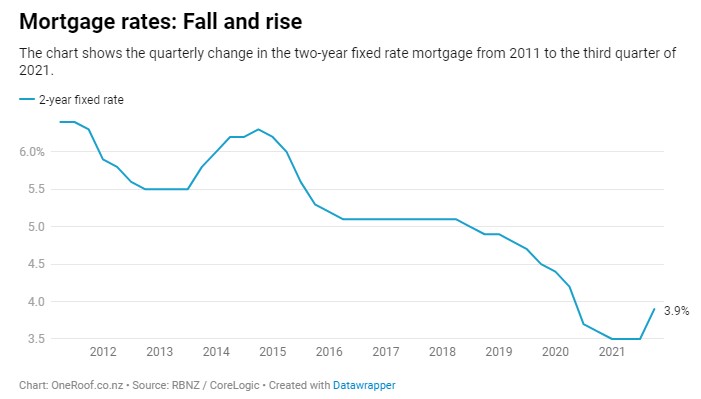
首次购房者受到限制-存款所需的储蓄年限刚刚超过 9 年-而投资者活动仍然强劲。
储备银行再次改变了 LVR —— 投资者需要 40% 的存款,其他人需要 20% 的存款。
2017
随着投资者的撤退,整体销售和价格放缓,已经到了一个转折点。
存款所需的年数有所增加,首次购房者占有更大的市场份额。
首次置业者 v 投资者
抵押贷款利率稳定,移民有所缓解,但仍然高到足以给住房存量带来压力。
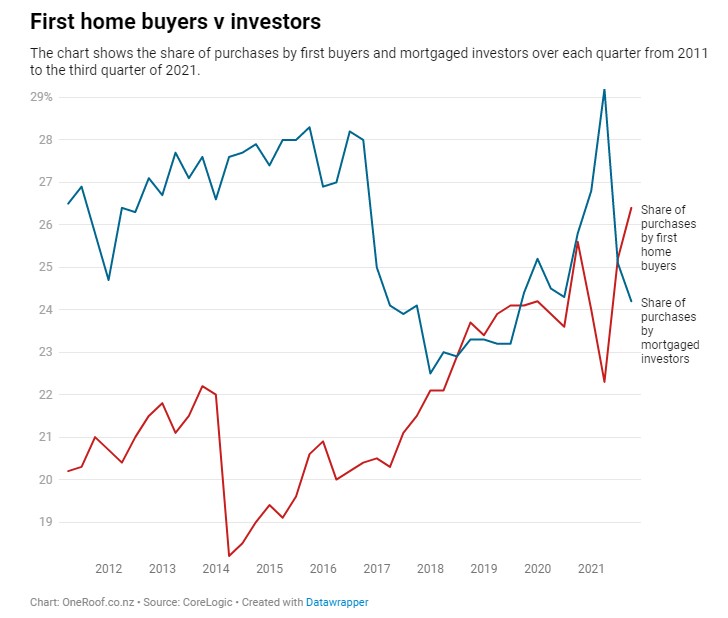
2018
市场持仓年,大多数指标相当稳定。
销售量的变化
该图显示了 2011 年至今年第三季度销售量的季度变化。
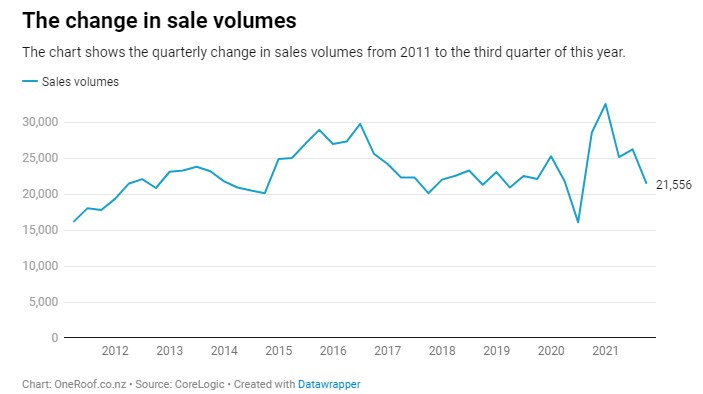
储备银行对 LVR 限制进行了进一步调整-投资者的存款要求从 40% 降至 35%,而对自住房者的存款要求则上升到 15%。新的联合政府将 Brightline 测试延长至五年,并实施了外国买家禁令。
2019
市场又是相当稳定的一年。储备银行进一步放宽了 LVR 规则(投资者存款降至 30%,而自住房者的存款则上升到 20%),首次购房者增加了他们的市场份额。
每周租金的变化
该图显示了 2011 年至 2021 年第三季度新西兰平均每周租金的季度变化。
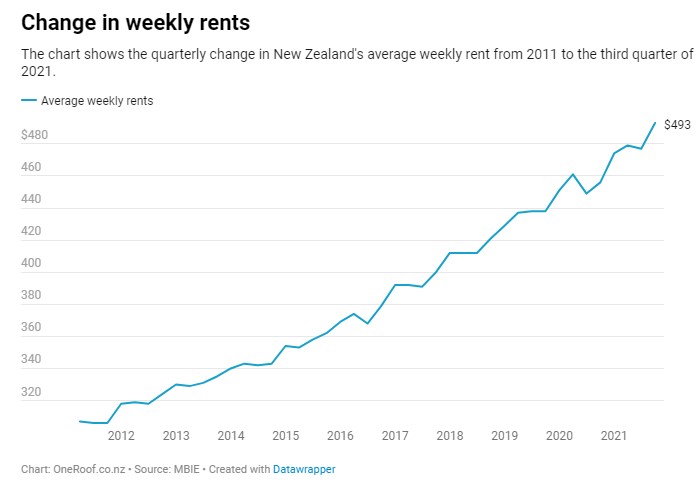
移民和居住同意激增,而抵押贷款利率下降。
政府拒绝征收资本利得税的提议,但对出租财产损失实行了税收围栏。
2020
新冠肺炎在今年年初爆发,政府和储备银行做出了重大调整,以应对:官方现金利率降至 0.25%,LVR 限制被取消,抵押贷款支付可以推迟,启动贷款计划资金并重新引入量化宽松。
该国于 3 月底进入封锁,限制一直持续到 6 月初。房地产市场在 4 月和 5 月暴跌,但从 6 月开始回升。
尽管 “健康之家” 立法引起轰动并提高了成本,但投资者利用较低的存款要求(只有银行自己的规则,大约 20%)。
净移民人数下降,但住房同意数量稳定,住房短缺终于开始减少。
但是,对于首次购房者来说,事情并没有变得容易得多,因为存款需要多少年才能回到以前的峰值。
2021
市场正在蓬勃发展,但 2020 年推出的支持措施已缓慢撤销。
储备银行恢复并加强了 LVR,将投资者存款提高到 40%,并将业主自住要求降至 10%。
这也是七年来首次提高 OCR,结束了量化宽松,并标志着新的贷款限制,例如债务与收入比率。
利率变动
该图显示了 2014 年 9 月至 2021 年 11 月期间官方现金利率的变化
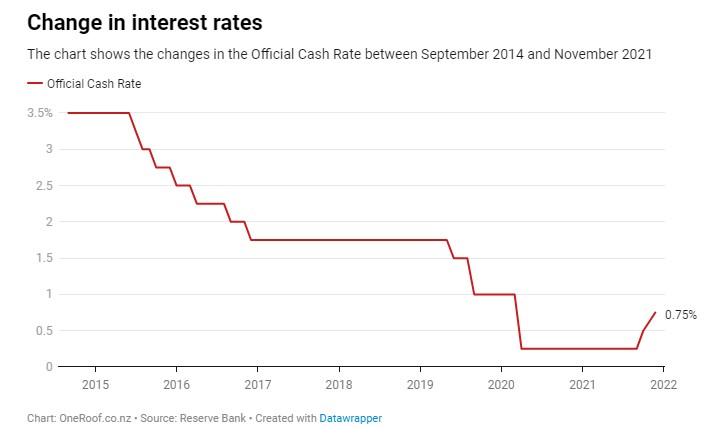
3 月,政府宣布了旨在创造公平竞争环境的新住房政策。投资者再次成为目标,现有房地产的 Brightline 测试延长至 10 年(新建房仍有 5 年),所有新购房的利息扣除均被取消,并逐步取消了公告发布之前购买的房产的利息扣除,尽管它仍适用于新建购买。
净移民人数几乎不存在,住房短缺的影响更大。
- 结论
最近需要低抵押贷款利率来支持经济,但不利的一面是,如果新西兰早些时候建造更多的房屋,房价上涨带来的不平等性本来可以缓解。
住房短缺的部分原因是全球金融委员会之后的行业动荡,但是在土地使用限制和《资源管理法》方面仍然存在一些挥之不去的问题。奥克兰统一计划似乎正在推动该市场的一步变化,坎特伯雷地震后的经验表明,如果决策者迅速做出反应并开放土地,可以做些什么。最近放宽了获得资源同意的要求(例如,同一区域最多三层三层的房屋)似乎也是朝着正确方向迈出的一步。
资本利得税会改变所有这些吗?也许吧。但是无论如何,新西兰已经有了以 Brightline 测试的形式出现的 CGT。也许土地税或财富税会更有效,但同样重要的是胡萝卜用于投资其他资产,而不是坚持阻止人们购买房地产。
-开尔文·戴维森是 CoreLogic 的首席房地产经济学家

















































